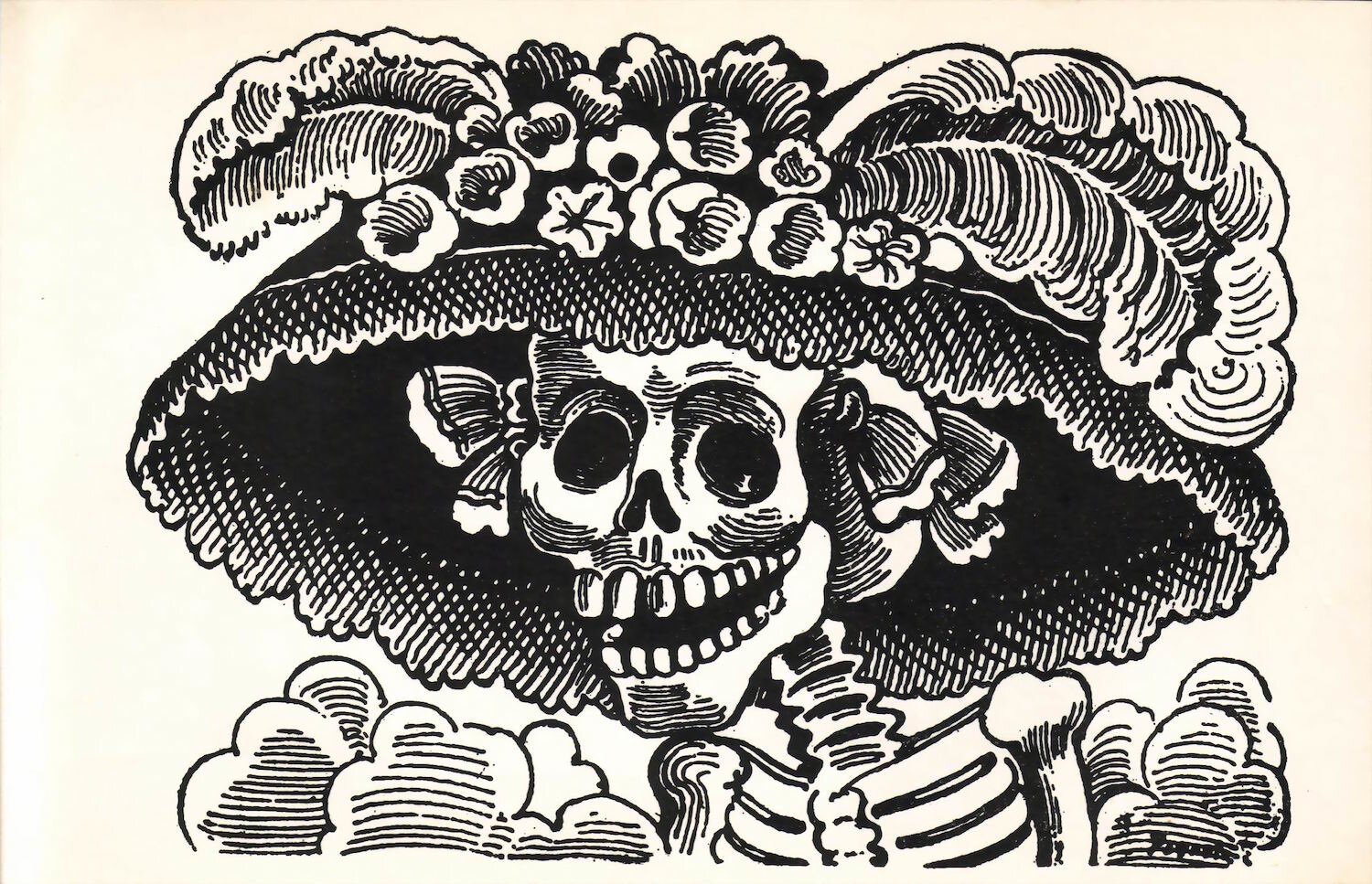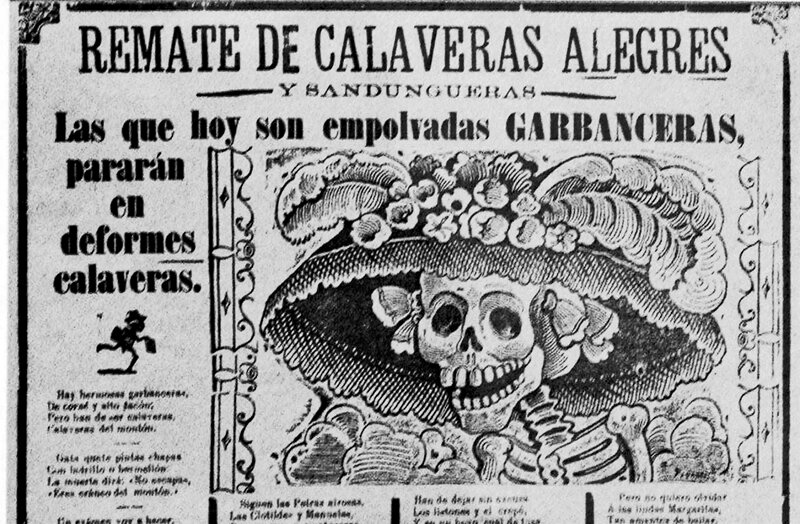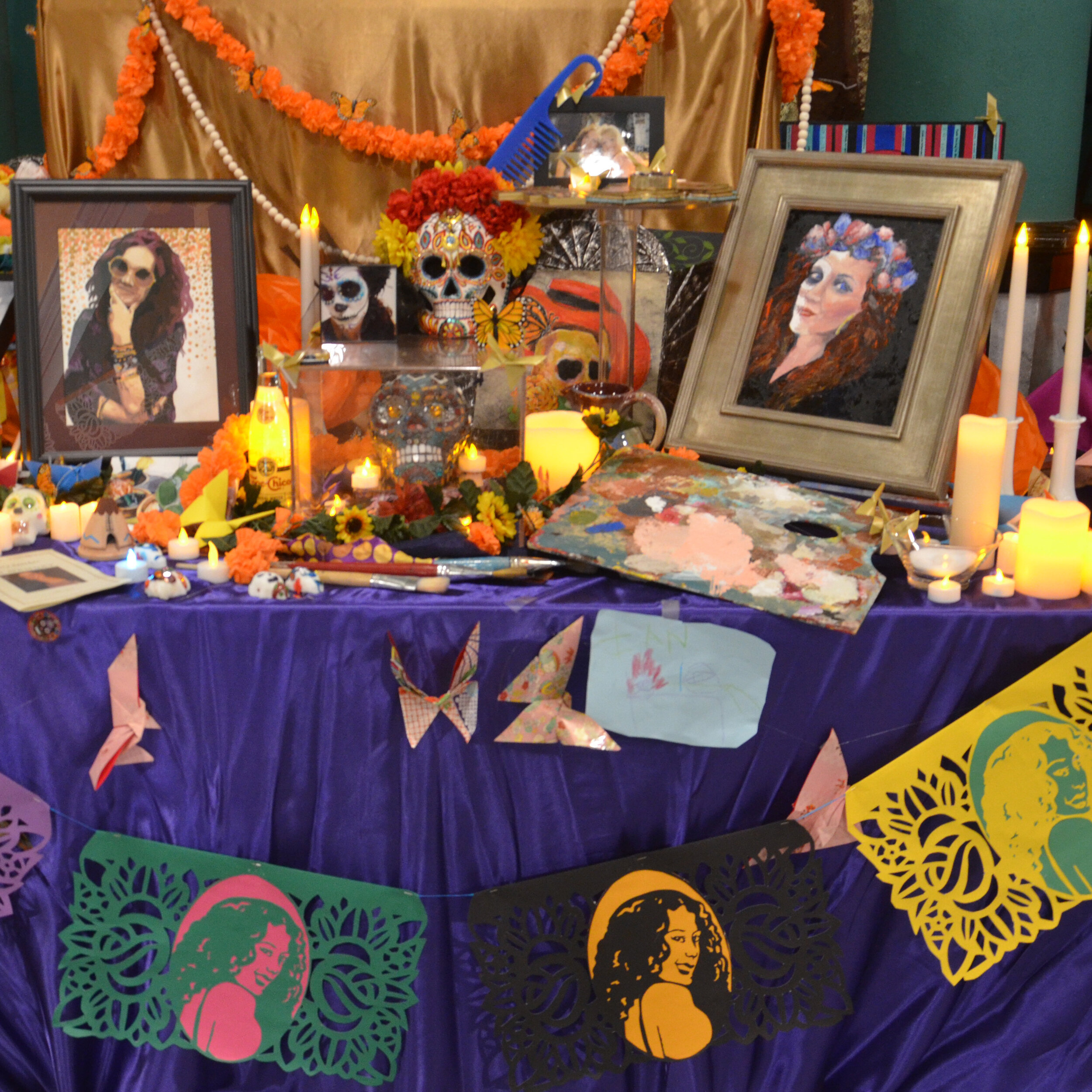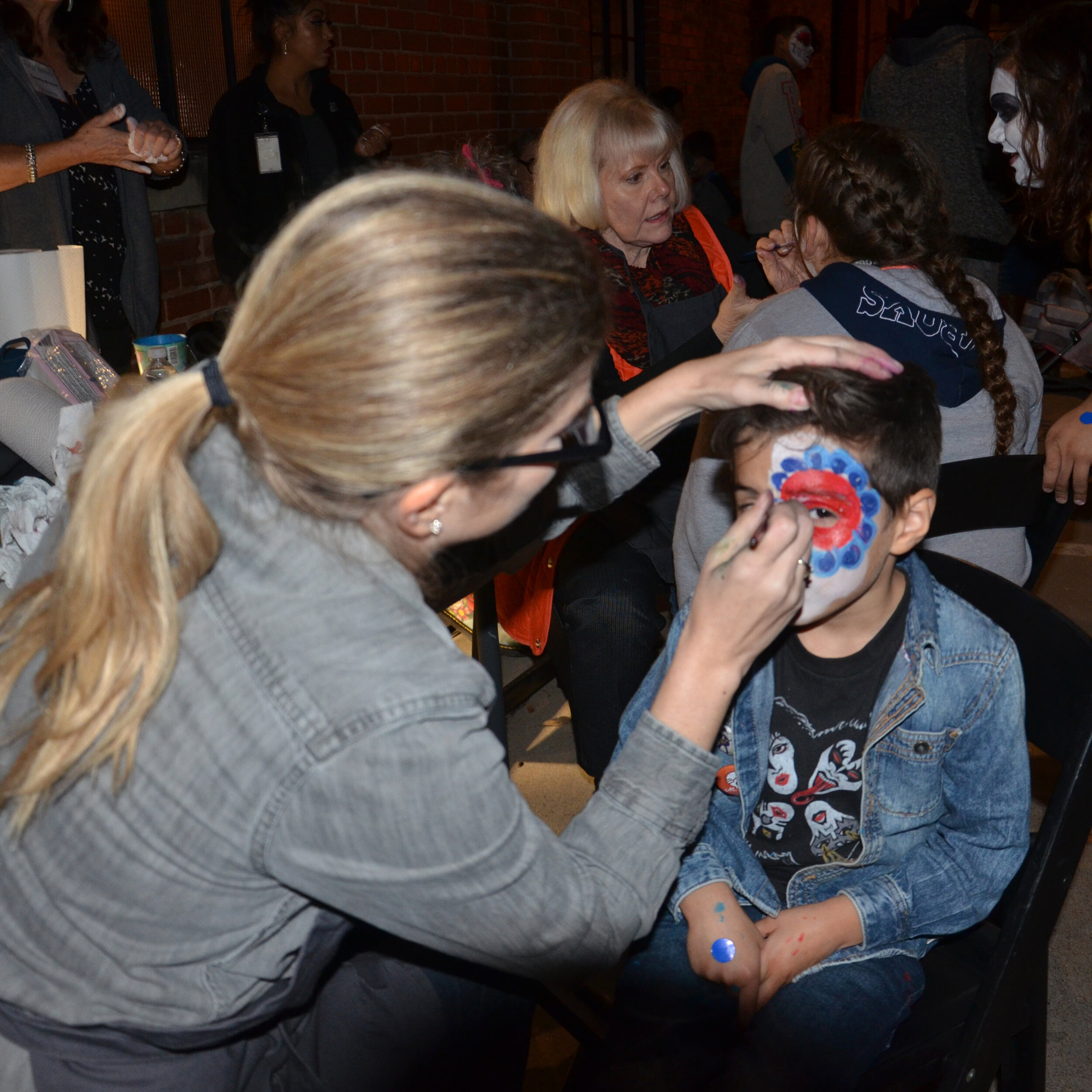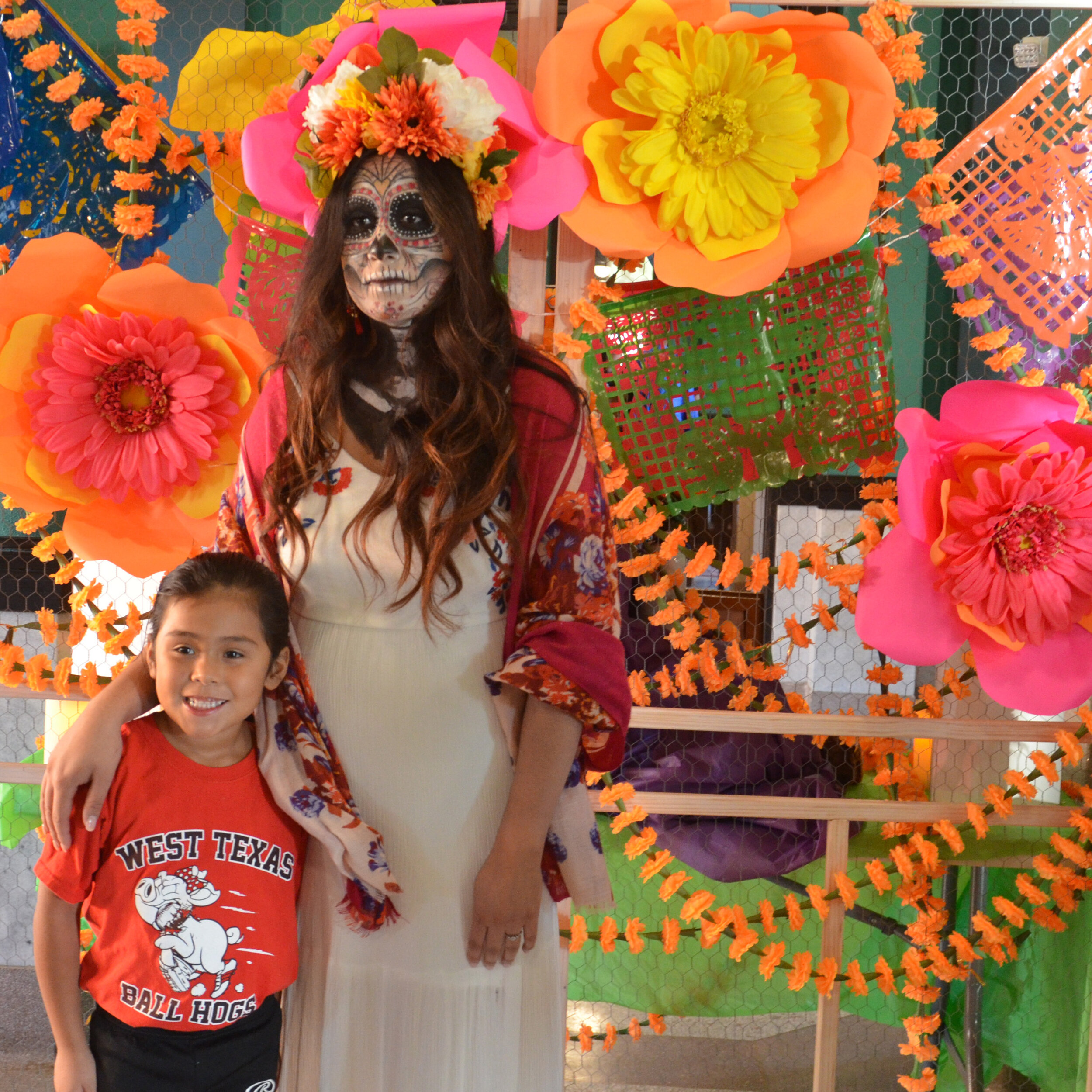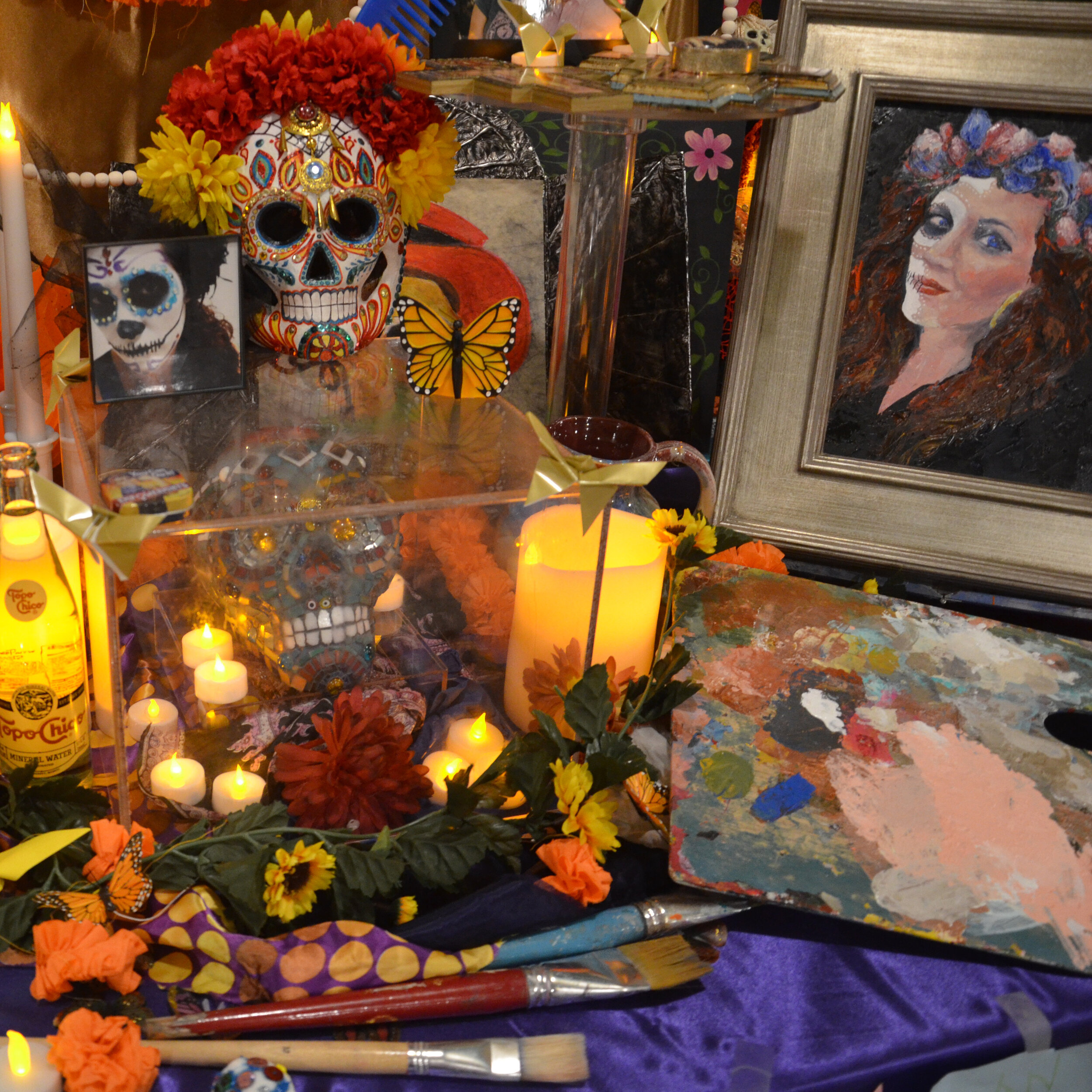La Catrina – A History
Tags: art, DDLMLa Catrina or La Calavera Catrina is one of the most recognizable symbols of the Dia de los Muertos holiday – but do you know her origins? The story of La Catrina involves three of Mexico’s most famous artists across two generations and the power of art as a reflection of society.
JOSE GUADALUPE POSADA, La Calavera Catrina, c. 1910, lithograph
La Catrina has become the “face” of the Dia de los Muertos holiday – but she was not the first! Mictēcacihuātl – the queen of the Aztec underworld of Chicunamictlan was the central figure for anyone who passed on in the Aztec culture. The Aztec celebrated death as a part of the cycle of life, leaving offerings or temporary altars or “ofrendas” intended to assist them on their journey beyond death. The ofrenda tradition has carried on to present day – combining with Catholic customs around All Saints Day.
The original La Catrina was created by Mexican Illustrator, Jose Guadalupe Posada as part of his series of satirical lithographs that addressed political and societal issues and were published for the masses in the Mexican press. His satirical caricatures depicted the central figures with skulls for faces – regardless of class or status – which was a political statement in and of itself.
La Calavera Catrina was created circa 1910 as a reference to the high-society obsession with European customs and by extension, Mexican leader Porfirio Diaz, whose corruption ultimately led to the Mexican Revolution of 1911. Posada’s Calavera dons a fancy hat – in the European style and her name ‘Catrina’ comes from the slang ‘catrin’ which referred to a well-dressed man or woman.
DIEGO RIVERA, SUEÑO DE UNA TARDE DOMINICAL EN LA ALAMEDA CENTRAL, 1947. PHOTOGRAPH BY BRIDGEMANIMAGES.COM
The image was used in 1947 by Diego Rivera for his now-famous mural, Dream of a Sunday Afternoon in Alameda Park in the historic center of Mexico City. The mural depicts Posada’s Calavera Catrina as the central figure, holding a young Rivera’s hand – with the artist’s wife (and important artist), Frida Kahlo just behind. La Catrina is surrounded by important historical figures, indigenous people, and notably – Porfirio Diaz’s wife and daughter.
In present day – La Catrina is linked to the celebration of el Dia de los Muertos almost seamlessly – through the decorated sugar skulls, face paint, and elegant dress worn by festival goers – she gives a modern nod to the ancient Aztec queen of the underworld, Mictēcacihuātl.
